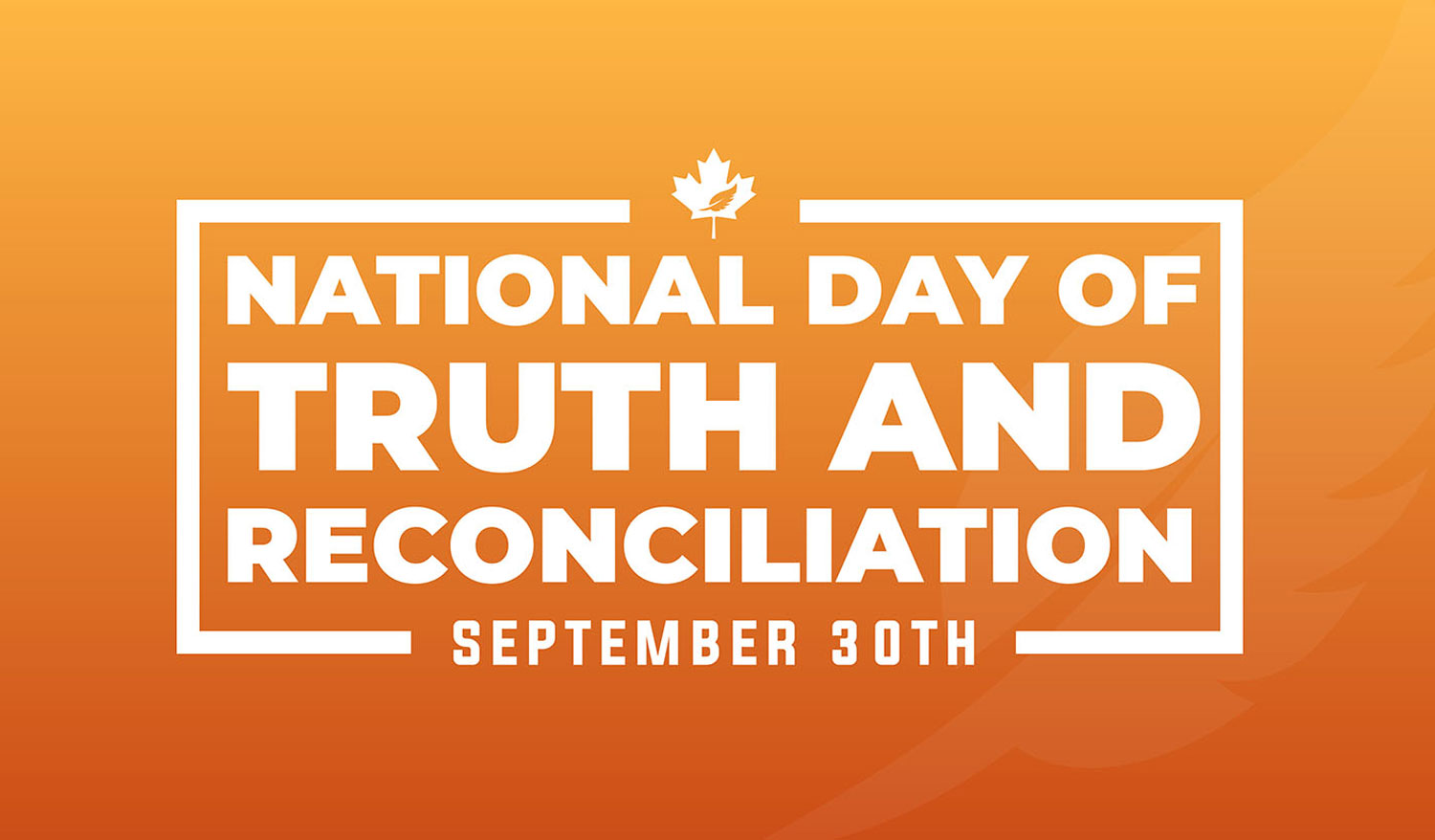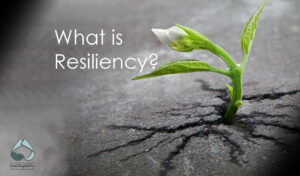What Is the National Truth and Reconciliation Day? And What Makes it Important?
-
by
 PHS
PHS
Residential schools are a sad part of Canadian history from the 1870s up until as recent as the 1990s. They caused great harm to indigenous children by removing them from their families, forcing them to speak English or French instead of their native language, disconnecting them from all their culture and tradition, and forcing them to accept Christianity in order to assimilate into Canadian society. Students were neglected, malnourished, and experienced physical, sexual, emotional and psychological abuse. The trauma caused by residential schools continues to affect the survivors and their families across generations.
What is National Truth and Reconciliation Day?
Despite the long standing history in Canada, it was only with the publication of the 2015 Truth and Reconciliation Commission of Canada report and its 94 calls for action and reconciliation that more Canadians began to really see the details of this brutal and horrific part of Canada’s history.
For several years people have celebrated orange shirt day on September 30th. It is a day to honor the indigenous children sent to boarding schools, their families and communities and learn more about the history of residential schools in Canada. It is an open call to all humanity to listen to the stories of survivors and their families with open ears and to remember those who lost their lives.
The Canadian government officially declared September 30th a national holiday for National Truth and Reconciliation in 2021 in light of the more than 1,000 unmarked graves on former residential school grounds.
A Critical Time in Acknowledging Our History
For many years the world has seen Canada as a cultural mosaic that embraced cultures instead of trying to assimilate them. National Truth and Reconciliation Day is not just an important day of remembrance but also a critical time for Canadians to be honest about our real history. It is important that not only do Indigenous people recognize this day, but also we want to raise the awareness and opportunity for non-indigenous people to come to terms with what this day means and the impact boarding schools have had on Indigenous communities. September 30th is an opportunity for Indigenous people, Inuit and Metis, local government, schools and communities to come together in a spirit of reconciliation and hope for future generations of children.
In addition to acknowledging the traumatizing intergenerational impact of boarding schools that remain in indigenous communities to this day, we should also be acknowledging the history of Indian Residential Hospitals that separated medical treatment and contributed to generational trauma experienced by indigenous peoples.
This holiday gives us the chance to set aside special time in our day-to-day lives to honour, reflect, and learn. It opens up the opportunities for education and awareness as well as discussions for effective change. Effective change that requires working with First Nations health authorities, other government and health authorities, pharmacy associations, First Nations groups, social service providers, and others to implement our plan to create an environment free from racism and discrimination in which all people feel safe and respected.
What is the Meaning Behind the Orange Shirt?
Many communities have celebrated Orange Shirt Day for years. The inspiration for Orange Shirt Day came from boarding school survivor Phyllis Jack Webstad who shared her story in the spring of 2013 at the Memorial – School Commemoration project of St. Joseph Mission (SJM) residential school in Williams Lake, British Columbia. She recalled her first day at school as a six-year-old when all her clothes were taken off, including a new orange shirt her grandmother had bought for her and she never returned. It took Webstad 40 years to find a way to reframe her experience and to combat racism and bullying under the slogan “All Children Matter” and the use of orange shirts.
Today, Orange Shirt Day exists as a legacy of the SJM Project and on September 30th is the annual event to mark the time of year when indigenous children from their homes were moved to boarding schools. The Orange Shirt celebrates the resilience of Indigenous peoples and communities and provides an opportunity for people across Canada to participate in discussions that offer recognition, support and engagement with the brutal legacy of boarding school systems.
Support Indigenous Nations & Organizations in Your Community
There are many Indigenous Nations as well as organizations in your community that strive to educate, support, and provide needed services. If you are looking to learn more or make a contribution, here are a few places to start
Pass on the Message of National Truth & Reconciliation Day
The message of truth and reconciliation is an important one. We all have opportunities to grow and learn more by listening to the voices and experiences of Indigenous, Aboriginal, and First Nations people. We can amplify that message by speaking discussing it with our friends and loved ones. We cannot change the past but together we can affect how future generations will meet the promise of reconciliation.
References
Arnaud, M. (2020, 09 25). Why You Should Wear Orange on Orange Shirt Day. Retrieved from YWCA Metro Vancouver: https://ywcavan.org/blog/2020/09/why-you-should-wear-orange-orange-shirt-day
Canadian Union of Public Employees. (2021). Orange Shirt Day. Retrieved from CUPE: https://cupe.ca/event/orange-shirt-day
Centennial College. (2021). National Day for Truth and Reconciliation. Retrieved from Centennial College: https://www.centennialcollege.ca/indigenous-education/orange-shirt-day/
College of Pharmacists of British Columbia. (2020). Orange Shirt Day is September 30. Retrieved from https://www.bcpharmacists.org/readlinks/orange-shirt-day-september-30
Foundry. (2021). Orange Shirt Day and the History of Residential Schools. Retrieved from https://foundrybc.ca/stories/orange-shirt-day-history-of-residential-schools/
Government of Canada. (2021, 06 11). Truth and Reconciliation Commission of Canada. Retrieved from Goverment of Canada: https://www.rcaanc-cirnac.gc.ca/eng/1450124405592/1529106060525
Indigenous Corporate Training. (2020). What is Orange Shirt Day? Retrieved from https://www.ictinc.ca/blog/what-is-orange-shirt-day
Indigenous Health. (2020). What does Orange Shirt Day mean to you? Retrieved from Indigenous Health: https://www.indigenoushealthnh.ca/news/what-does-orange-shirt-day-mean-you
Lum, Z.-A. (2016). What Is Orange Shirt Day? Annual Event Inspired By A Girl Who Couldn’t Wear Hers. Retrieved from Huffpost: https://www.huffpost.com/archive/ca/entry/orange-shirt-day-residential-schools_n_12250652
OrangeShirtDay. (2021). Phyllis’ Story: The Original Orange Shirt. Retrieved from https://www.orangeshirtday.org/phyllis-story.html
Rideout, D. (2020, 09 30). Queen’s honours truth and reconciliation on Orange Shirt Day. Retrieved from Queens: https://www.queensu.ca/gazette/stories/queens-honours-truth-and-reconciliation-orange-shirt-day
University of British Columbia. (2021). Every Child Matters. Retrieved from https://irshdc.ubc.ca/orangeshirtday/
University of Toronto. (2021). Strong, successful, determined: In solidarity with Indigenous Peoples, U of T to mark Orange Shirt Day. Retrieved from https://www.utoronto.ca/news/strong-successful-determined-solidarity-indigenous-peoples-u-t-mark-orange-shirt-day
University of Windsor. (2021). Orange Shirt Day. Retrieved from https://www.uwindsor.ca/indigenous-peoples/316/orange-shirt-day
Yu, J. (2020). Why we wear orange on Orange Shirt Day (and events we can attend). Retrieved from https://www.techlifetoday.ca/articles/2020/why-we-wear-orange-on-orange-shirt-day-nait



